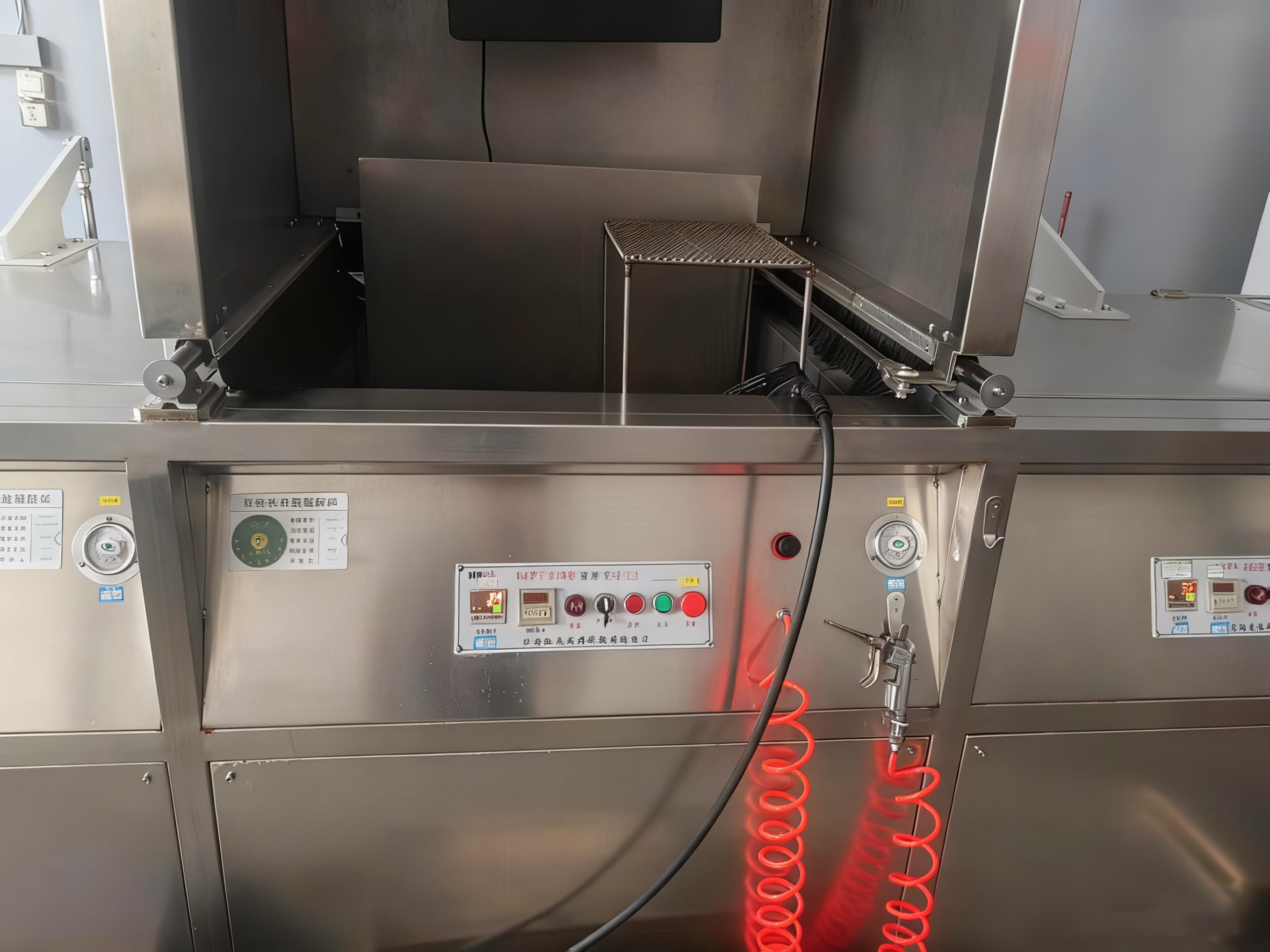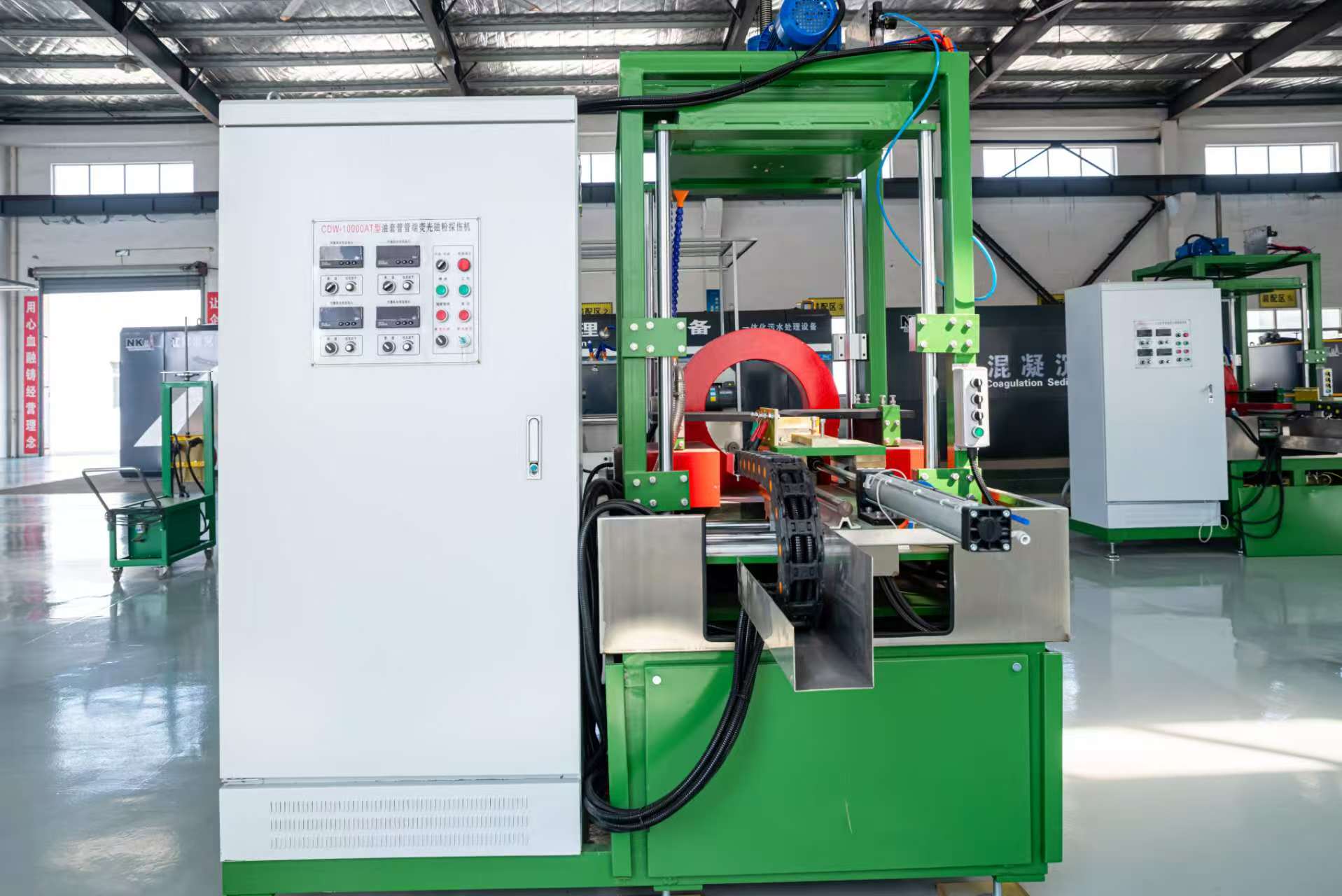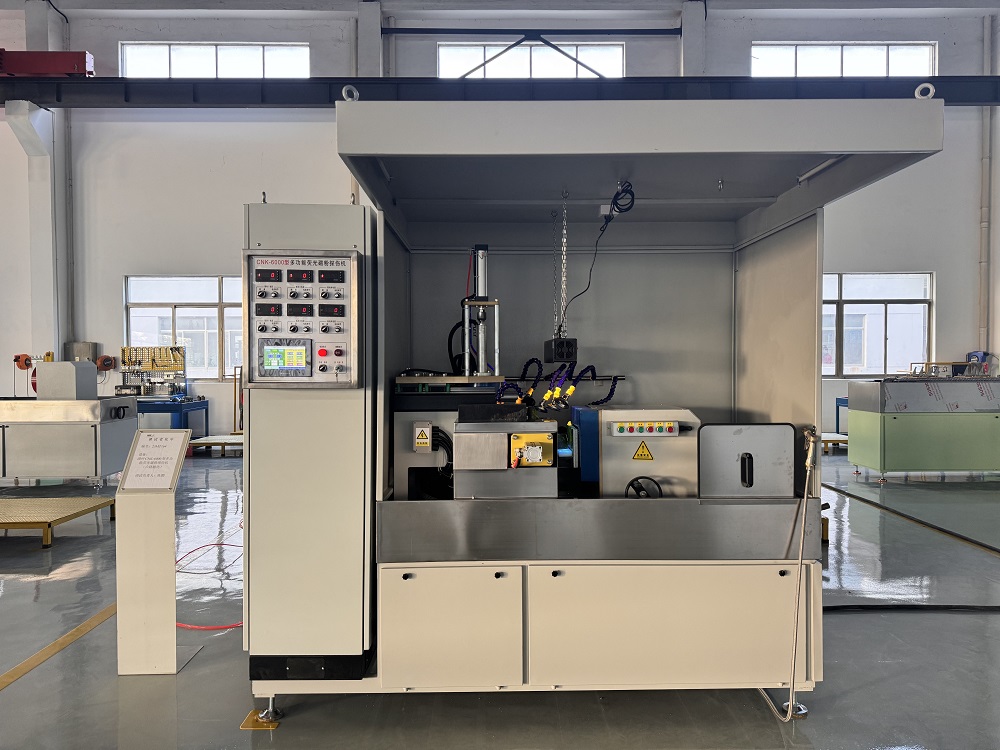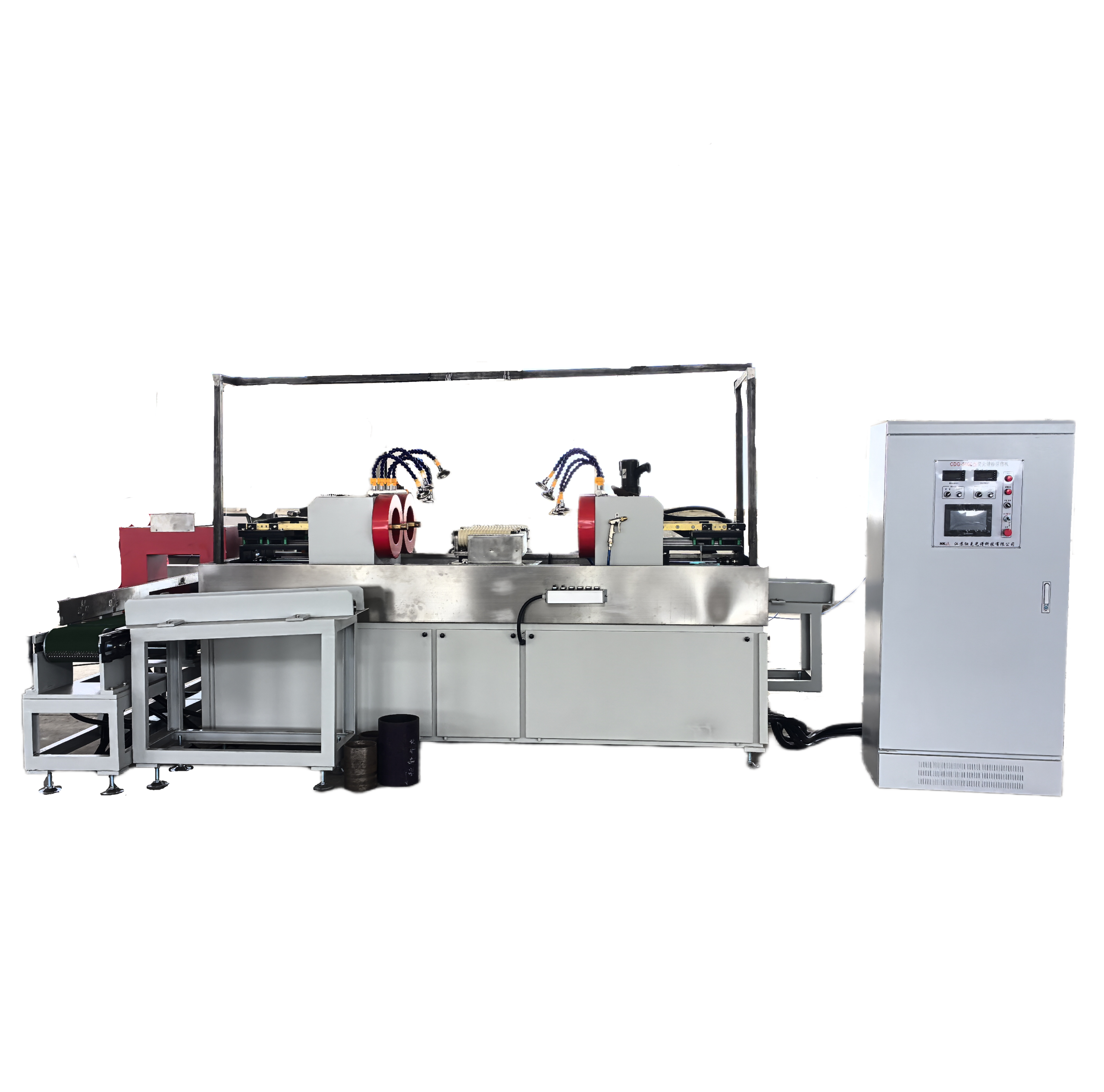What is NDT? Learn about Non-Destructive Testing methods like magnetic particle inspection (MPI) & fluorescent penetrant testing (FPI). Discover industrial applications and how to choose the right NDT equipment. Nuke NDT provides high-precision MPI machines, penetrant lines & demagnetizers. ✓ Expert solutions ✓ ISO compliant.
Non-Destructive Testing (NDT) is a critical quality control process used across industries to inspect materials, components, and structures without causing damage. From aerospace to automotive manufacturing, NDT ensures safety, reliability, and compliance with international standards.
In this guide, we’ll explain:
✔ What NDT is and why it matters
✔ The most common NDT methods (including magnetic particle testing and fluorescent penetrant inspection)
✔ Key industries that rely on NDT
✔ How to choose the right NDT equipment for your needs
What is NDT?
NDT (Non-Destructive Testing) refers to a group of inspection techniques that evaluate the integrity of a material or component without altering its usability. Unlike destructive testing (which sacrifices the sample), NDT allows for 100% inspection while keeping products intact.
Why is NDT Important?
-
Prevents failures: Detects cracks, corrosion, and defects before they cause accidents.
-
Saves costs: Reduces waste by identifying issues early in production.
-
Ensures compliance: Meets standards like ASME, ASTM, and ISO.
-
Supports quality control: Critical for industries where safety is non-negotiable (e.g., oil & gas, aerospace).
6 Common NDT Methods Explained
1. Magnetic Particle Testing (MPT/MPI)
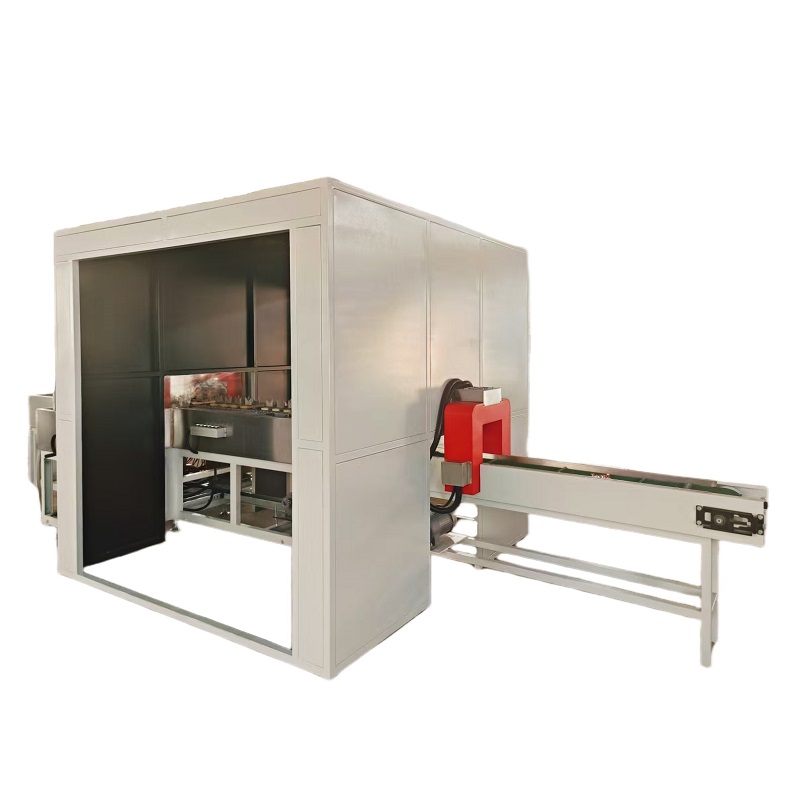
-
How it works: Detects surface/near-surface flaws in ferromagnetic materials (iron, steel) using magnetic fields and iron particles.
2. Fluorescent Penetrant Inspection (FPI)
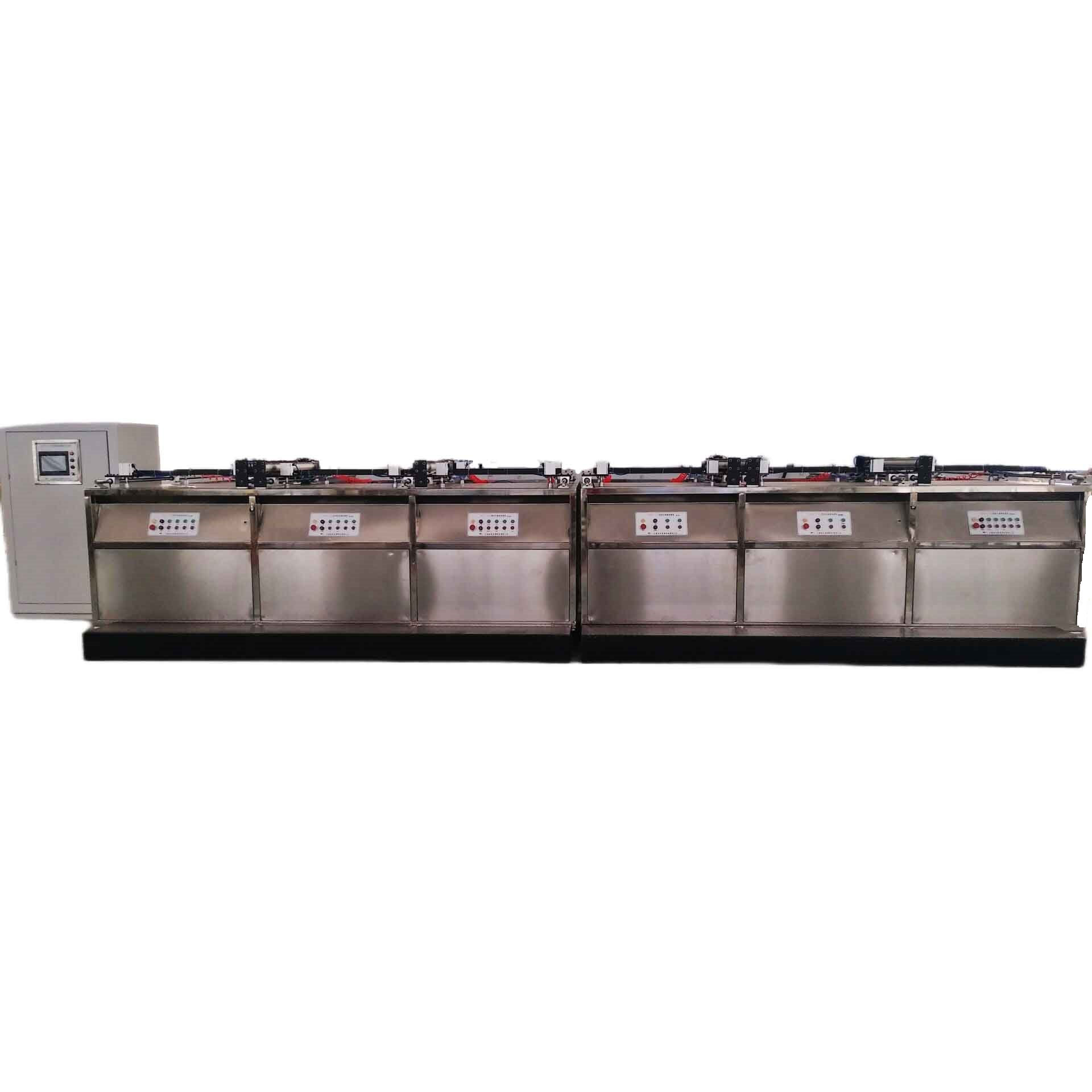
- How it works: A dye penetrant seeps into surface defects, which are then visible under UV light.
- Contact Us for Your Tailor-Made NDT Equipment Solutions
-
3. Ultrasonic Testing (UT)
Uses high-frequency sound waves to find internal flaws.
4. Radiographic Testing (RT)
X-rays or gamma rays inspect internal structures (e.g., welds).
5. Eddy Current Testing (ECT)
Electromagnetic induction detects cracks in conductive materials.
6. Visual Testing (VT)
The simplest form—using cameras, borescopes, or direct observation.
Key Industries Using NDT
✔ Aerospace – Inspecting turbine blades, landing gear
✔ Automotive – Testing engine parts, welds
✔ Oil & Gas – Pipeline corrosion monitoring
✔ Railways – Checking wheels and axles
✔ Manufacturing – Quality control in metal fabrication
How to Choose the Right NDT Equipment
When selecting NDT machines (like magnetic particle testers or penetrant inspection systems), consider:
✅ Material type (ferrous vs. non-ferrous)
✅ Defect size & location
✅ Production volume (manual vs. automated systems)
Nuke NDT provides high-precision NDT equipment, including:
-
Stationary magnetic particle testers
-
Fluorescent penetrant lines for high-volume production
-
Industrial demagnetizers to eliminate residual magnetism
Contact us today for a customized NDT solution!


